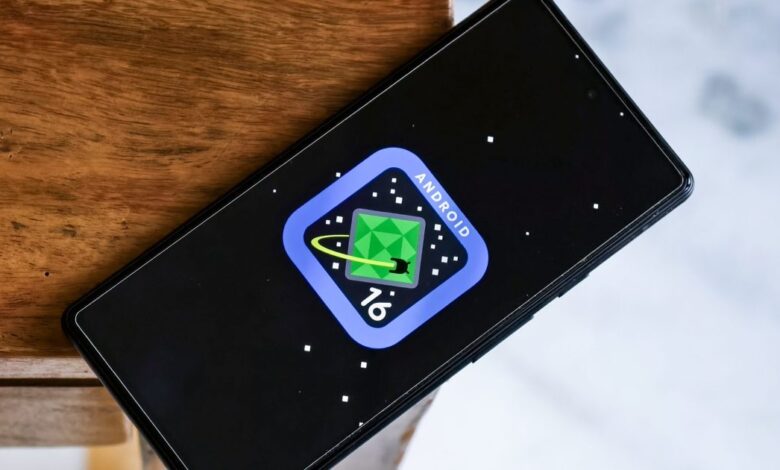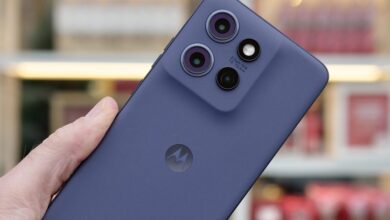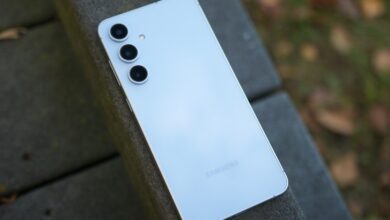Android’s Desktop Mode for Phones: A Familiar and Exciting Evolution!

Google's mobile operating system has a hidden desktop mode that activates on an external display, resembling a traditional computer interface. This feature is tucked away in developer settings adn isn't fully developed for serious tasks yet.
The tech giant is actively working on enhancing Android’s native desktop mode.The goal is to transform smartphones and tablets into desktop-like devices. Mishaal Rahman from android Authority managed to activate this mode in the latest beta version of Android 16, but he cautions that it may not be ready for stable release soon.
Key Changes Ahead
One of the most significant updates is the introduction of a complete taskbar at the bottom along with a status bar. The current basic version only shows an app tray on the left side,lacks proper window management features,and does not support keyboard shortcuts.
In this new development phase at Google, apps will be pinned along the bottom edge of the screen while essential navigation buttons will sit near the lower right corner. Users can expect to resize, move, and arrange app windows similarly to how they would on standard desktop systems. This functionality also allows users to drag and drop items between two open app windows.
The design theme for this upcoming desktop environment feels familiar for two main reasons: it closely resembles how Android manages app windows and taskbar docking on its tablets.
A Nod to Chrome OS
Beyond Google's standard Android experience, Samsung has been offering dex for several years now. This feature works well on tablets but shines even more when connected to an external monitor.
I personally used DeX mode with my Samsung Galaxy Z Fold 5 as my main workstation for several weeks. Even smaller brands like Red Magic provide remarkable gaming-oriented desktop launchers built upon Android's foundation.
Another reason why this new Android desktop mode seems recognizable is its similarity to Chrome OS. It’s encouraging that Google aims for consistency in user interface design—a strategy apple has successfully implemented over many years.
Interestingly, reports suggest that Google might consider merging chrome OS with Android in the future to create a unified platform experience. While there are no official statements about these plans yet, we might hear more during Google's I/O event later this month.




